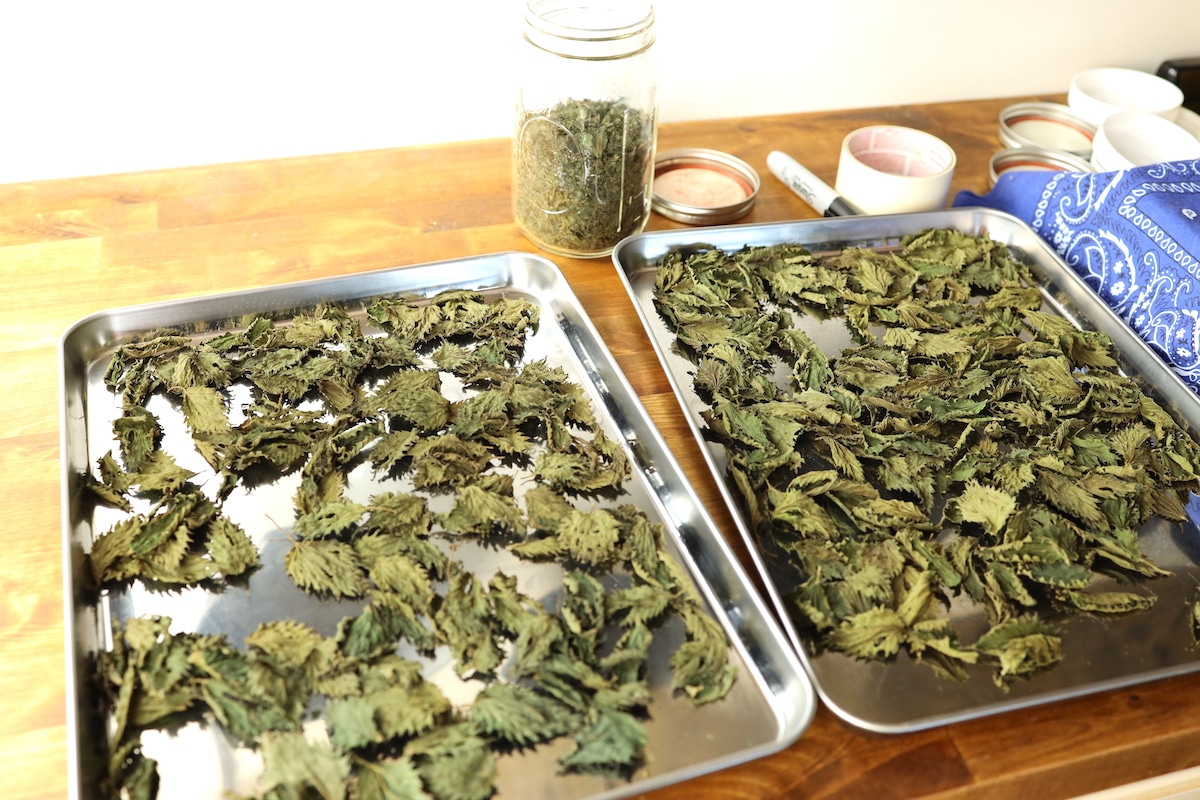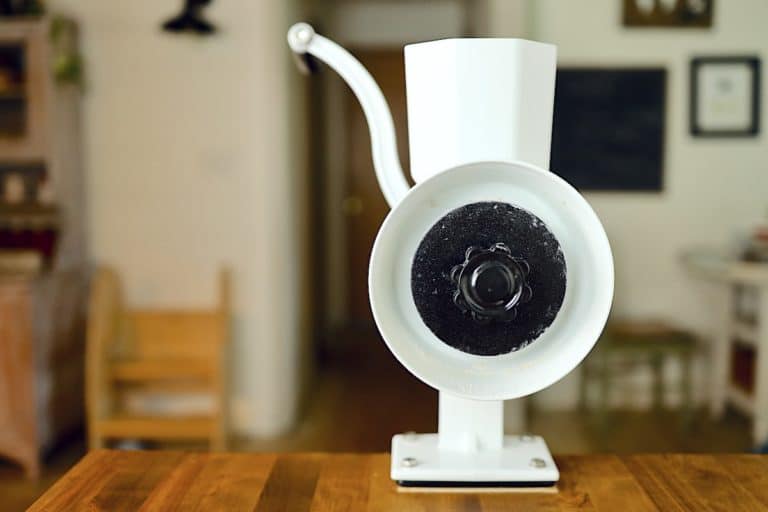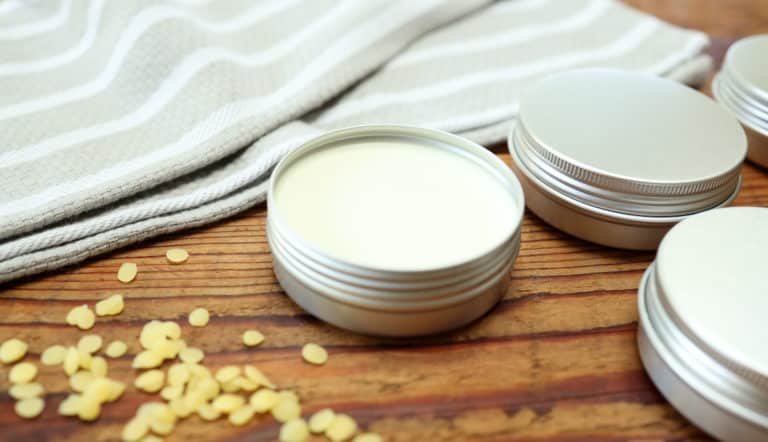How To Preserve Nettle
When the warmer weather of spring comes, it’s nettle season! When nettle is in abundance, part of my morning routine is to harvest as much nettle as I can for cooking with and preserving to have on hand for the rest of the year. Unsure about nettle? We’ll fill you in on all of the amazing benefits this plant has to offer as well as how to preserve nettle, harvest it, and cook with it.
Our Experience with Nettle
A few years ago, we were working on a farm and just beginning to learn the nutritional and medicinal benefits that so many wild plants offer. We were introduced to nettle and started dipping our toe in with adding it as we would spinach to our soups, stir fries, curries, or with eggs. It tasted amazing! Before long, we were spotting nettle everywhere and trying to incorporate it where ever we could.
When we moved onto our own homestead property, I was so excited to find a large nettle patch in the back of our field. As we began shifting our focus to trying to feed our family on what we were able to grow and preserve for the year, we wanted to incorporate nettle in this as well. We began experimenting with how to preserve nettle and have been thrilled to be able to include this nutritionally packed delicacy into our diet all year round.

The History of Nettle
Stinging nettle has a long a rich history. There have been burial shrouds made of nettle discovered in Denmark that dated all the way back to 3000-2000 BC. Both Europeans and Native Americans used the fibers of stinging nettle to make various types of cloths which was similar in look and feel to a silky linen. In more modern times, it was discovered that 85% of the uniforms of the German soldiers in World War I were comprised of nettle fiber!
Nettle is also one of the most chlorophyll rich plants giving it tremendous capabilities as a dark green dye. The British government requested 100 tons of nettle at the beginning of World War II to be use for making camouflage.

Hippocrates reported over 60 remedies that included nettle. Ancient Egyptians used a nettle infusion for relief from arthritis. And 16th century herbalist Joh Gerard touted nettle as a remedy for poison. This only scratches the surface of the vast ways that nettle has been used and praised throughout history.
Nutritional and Medicinal Benefits of Nettle
Not all plants and green leafy vegetables are created equal. Nettle is a powerhouse when it comes to packing in the nutrients. It stands well above most other leafy greens. Nettle contains significant amounts of vitamins A, B, C, E, and K. It is a great source of the minerals iron, calcium, potassium, and magnesium.
Nettle has been renowned for its use with general aches and pains of bones and joints. It is an antihistamine making it highly effective for combating seasonal allergies and hay fever.

Nettle is also known for its positive effects on the liver as well as a beneficial tonic for the reproductive organs of both men and women. This powerful plant often appears in recipes and products designed to combat PMS, menstrual problems, infertility, menopausal issues, as well as a remedy for aiding the prostate. Many also comment on its general ability to strengthen health and build energy.
How to Harvest Nettle
Nettle is ready for harvest in the spring or fall. It grows easily and abundantly and can spread readily where it is planted. Stinging nettle gets its name for a clear reason – it definitely packs a powerful sting. The plant has needlelike protrusions on the leaves and stems that contain formic acid. This is the same chemical produced in bee stings and ant bites giving them a noteworthy sting. Because of this, you may prefer to wear gloves when harvesting nettle.
My favorite time to harvest nettle is the early morning. I find that nettle and other greens stay freshest when they are harvested when it’s still cool outside. If harvested in the heat of the afternoon the greens tend to wilt more quickly and easily.

To harvest simply pinch the plant at the end of the stem, plucking the leaf part only. I like to bring a produce bag with me to gather my nettle leaves in. I also try to always wear pants when I am harvesting nettle. Rubbing up against those stinging nettle leaves and stems makes the experience much less enjoyable.
How to Cook with Nettle
Because of its stinging properties, nettle is not good for eating raw. When nettle is cooked or dried is loses its stinging properties making it delicious to eat. Nettle is comparable to a spinach leaf when cooked. It’s very tender and cooks down significantly. The taste is mild and delicious. My favorite way to use nettle is to toss it into a stir fry, scramble, curry, or soup. Because you can just throw the whole leaf in, there is basically no preparation required after the nettle leaf is harvested.

Blanching nettle is another great option. To preserve the nutrition, be sure to use the water that the nettle was blanched in as a stock or base for soups.
A third option to use nettle is to use it in a pesto.
How to Preserve Nettle
In order to preserve the goodness of this powerful plant, my favorite way to preserve nettle is by drying it out. To maintain as many benefits as possible, you’ll want to dry the nettle in as low of a temperature as possible. If you have a dehydrator that’s a great option. Our oven goes down to 100°F so that is where I like to dry my nettle. If you don’t have a dehydrator, you can either dry it in the sun if you are patient and can wait a bit longer. Or, you can dry it in the lowest temperature your oven will go.

To dry nettle simple lay flat on cookie sheets or the drying racks of your dehydrator. Place in a 100-130°F oven for a couple of hours checking regularly to see if it’s done. If drying out in an oven that is at a higher temperature, check after 20-30 minutes. The nettle is done when it is crispy and crunchy like a fall leaf when you step on it. You want the nettle to retain its dark green color and not overcook it to the point of being black.

To store, crumple the leaves into small pieces and store in a glass mason jar in a cool dark place. Now it is ready for future use in teas or to sprinkle on top of your favorite savory dish.

Another option for long term storage of nettle is to make it into a pesto or simply puree the leaves with a bit of olive oil and freeze in ice cube trays. Once frozen store in the freezer in zip lock bags and they are ready to go to pull out in the middle of winter in a cozy soup or stew.
Looking for More
Wanting to delve deeper into the world of medicinal herbs? Here are some of our favorites:






